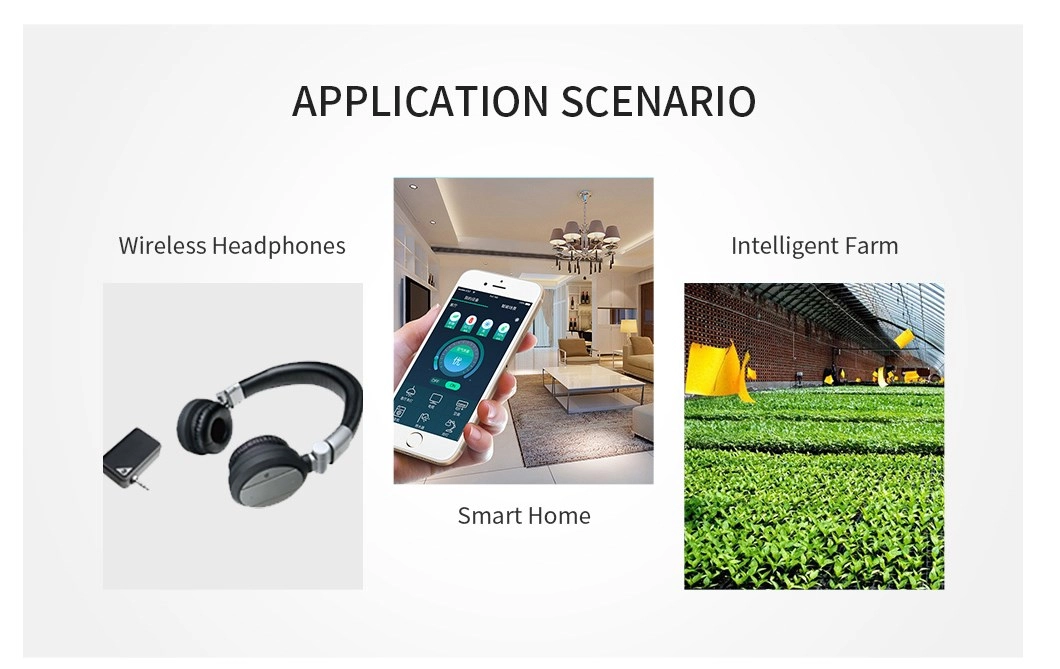Zigbee, as a mature wireless communication protocol, has been widely used in many fields such as smart homes and industrial automation. Its design not only focuses on low power consumption and high efficiency, but also emphasizes network reliability and security. As the demand for smart home devices increases, optimizing Zigbee network performance has become particularly important. This article will explore Zigbee’s advanced features and network optimization strategies to improve overall system performance and reliability.
Key technical features of Zigbee
The Zigbee protocol is based on the IEEE 802.15.4 standard. Its main features include:
Low energy consumption: The device consumes very low power in standby mode and is suitable for long-term operation.
High security: Provides multi-layer encryption and security authentication to ensure data transmission security.
Self-organizing network: supports star, tree and mesh topology, especially the mesh topology provides good scalability and fault tolerance.
Advanced functions
Multi-channel operation: Zigbee can operate on different channels to reduce interference and improve the stability of data transmission. This is especially important for equipment in environments with high levels of electromagnetic interference.
Dynamic routing algorithm: Zigbee network uses dynamic routing technology, which can automatically select the optimal path according to network conditions and enhance the robustness of the network.
Link Quality Indication (LQI): Monitors the quality of network links by evaluating signal strength and transmission error rate, allowing network managers to adjust the network structure in a timely manner.
Network optimization strategy
Routing optimization: Regularly update routing information, eliminate invalid links, and optimize data transmission paths. This is critical to maintaining network performance in dynamically changing environments.
Network Partitioning: In large network environments, implementing network partitioning can reduce management complexity and increase efficiency. By dividing a large network into smaller subnetworks, you reduce the risk of a single point of failure affecting the entire network.
Power management: Intelligently adjusting the transmit power of nodes can not only save energy, but also reduce interference between adjacent nodes and improve the overall performance of the network.

